When it comes to "go-to" supplements that are foundational to health, wellness, and athleticism, there's nothing more tried-and-true than creatine, specifically creatine monohydrate.
Mountains of research have shown that creatine is safe and effective for a massive number of benefits, ranging from muscular power and lean mass gains to cellular energy and better cognitive performance. We've even seen improved overall well-being, especially in those with poor diets. Creatine-containing foods like meat are enormously healthy and beneficial, and creatine itself is as well.
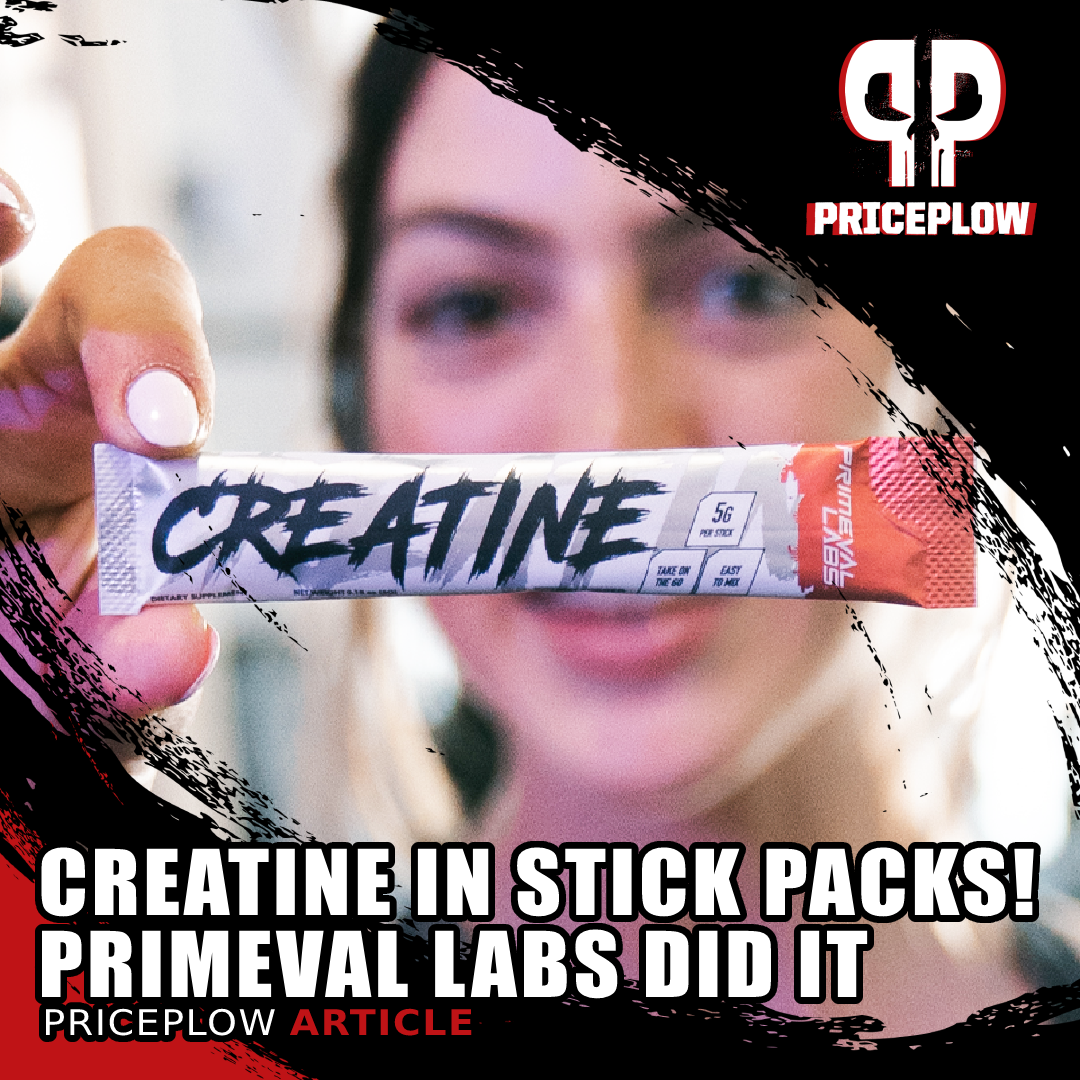
Sticking to tried and true creatine monohydrate, Primeval Labs has innovated in form-factor with more convenient Creatine Stick Packs!
Many sports nutrition brands trust and rely on creatine, and don't focus too hard on improving it - it's already great in its own might. However, one industry-leading brand did want to improve on its form factor:
Primeval Labs announces Creatine Stick Packs!
Primeval Labs, the brand behind the legendary Ape Sh*t pre-workout supplement series, is no stranger to creatine. Scanning our system's archives, they had a product named i sold as far back as 2015 -- but now have a more traditional Primeval Labs Creatine product consisting of creatine monohydrate.
But sometimes, people want to toss some creatine into their energy drink (like Lost & Found Energy), water bottle, or post-workout shaker -- without bringing an entire tub around. For that purpose, Primeval Labs now has Creatine Stick Packs! With over seven years of experience selling the ingredient, Primeval is giving a new delivery method that most companies haven't bothered to think of - and customers are loving the convenience.
This gives us a chance to talk about the research on creatine, so let's have at it after checking PricePlow for availability:
Primeval Labs Creatine – Deals and Price Drop Alerts
Get Price Alerts
No spam, no scams.
Disclosure: PricePlow relies on pricing from stores with which we have a business relationship. We work hard to keep pricing current, but you may find a better offer.
Posts are sponsored in part by the retailers and/or brands listed on this page.
This area is reserved for Team PricePlow's upcoming videos.
Subscribe to our channel and sign up for notifications so you catch it when it goes live!
Creatine Results: The 5-15% Rule
Before explaining what creatine is, let's just get right into some of the results of creatine supplementation. Since most Primeval Labs customers are athletic by nature, we'll put our focus there.
Looking back through the archives, there's a very strong 2003 review that covered 300 studies on creatine[1] (yes, there were that many studies at that point - this was a very hotly contested ingredient at the time for you old-timers who remember). It focused on creatine's efficacy in terms of exercise performance.
What they found, is that creatine monohydrate supplements generally lead to about 5-15% improvements in whatever variable the researchers analyze.[1]
For example, short-term creatine monohydrate use leads to roughly:
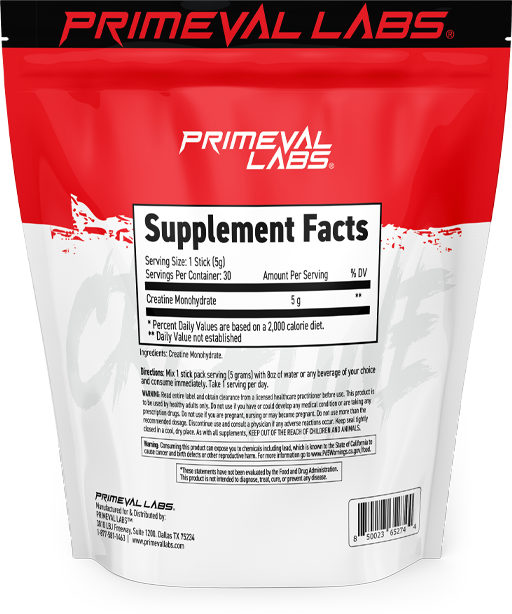
5 grams of classic creatine monohydrate, but now you don't have to throw a whole tub into your gym bag!
- 5-15% gains in strength/power
- 5-15% gains in work accomplished during max effort sets
- 5-15% gains in work accomplished during repeated sprints
- 1-5% gains in sprint performance
That was as early as 2003, and there has clearly been far more research since then, but the data mostly holds true. If anything, as Western dieters have begun eating less meat (which contains creatine), the benefits of creatine supplementation have only improved since then.
5-15% gains won't make you into Mr. Olympia, but they are noteworthy, especially for an inexpensive, safe, tasteless ingredient. We see absolutely no reason not to use it.
There have also been studies on creatine's use in short-term performance (ie. bench press, cycling power, jump squats, and running/swimming sprints)[1-8] as well as long-term use for lean mass gains and muscle performance.[6-12] It works in both men and women.[3,9,13,14]
Several research studies and meta-analyses have shown that creatine is extremely safe alongside its efficacy.[15-20]
What's going on behind the scenes, and what do you need? Let's explore the science.
How creatine works
First, let's define it: creatine is a molecule produced in the body that is built from three different amino acids -- arginine, methionine, and glycine. It's important because it contains phosphate groups that help the body produce its primary "energy currency" known as ATP, or adenosine triphosphate.[21] ATP has literally countless roles in the body, and for our purposes, it's heavily relied upon for muscle contractions.[22]
Many of the athletic benefits of creatine revolve around its phosphate group donation - anything that helps the body make more ATP is likely going to lead to benefits. This is especially true when carbohydrate stores in the muscle (as glycogen) are depleted.[23] This makes it suitable for several athletic situations,[24] many (but not all) of which are listed above.
Dietary sources of creatine
Creatine didn't just magically appear in supplements in the late 1990s! It's actually quite abundant in food - specifically meat. As is nearly always the case, red meat is the best and healthiest source -- you can get about 2-2.5 grams of creatine in a pound of uncooked beef.[25] Chicken isn't bad, but has less creatine inside, with about 1.5 grams of creatine per pound of meat.[26]
This brings us to the next question - how much creatine do we need, and how much will you need to supplement if you're (sheepishly) not eating 2 pounds of beef every day?
This depends on a few things:
The body’s creatine requirements
First, our goal is to get our muscle tissues to saturation. Not everyone is alike -- depending on your muscle mass, diet, and physical activity, the dosing strategy will change.
In general, males can hold about 160 grams of creatine in the body, but most are found to have about 120 grams[21] (the vast majority of which is in the muscle tissue, with some in the grain and reproductive organs as well[27]).
But realize that we use and excrete about 1.6-1.7% of creatine each day![28,29] Doing the math, males are found to lose roughly 2 grams of creatine each day.[30] This of course depends on size. Women will lose slightly less.
So if you're already at saturation, you want to eat about a pound of meat per day (note that the pound is uncooked), which is why many rely on 3 grams of creatine per day at maintenance levels.
But if you're not at saturation, it's time to belly up to the ribeye or get your dosing up for a couple of weeks - 5-10 grams per day is the go-to in those situations. Many of the studies cited above actually had a "loading" phase of 20 grams of creatine per day for 5 days, and then stepped it down to 5 grams per day after that. Those studies were very successful, so while you may not need to load so aggressively so quickly... it clearly works.
Creatine’s Most Common Side Effect: Weight Gain!
Hilariously, the most common side effect of creatine use is weight gain.[19,31,32] This is funny because to most athletes who are using creatine... that's the reason for taking it!
But in general, it's extremely safe. A new review published in 2022 covers 255 other articles, and states that creatine (especially creatine monohydrate) has "Strong Evidence to Support Bioavailability, Efficacy, and Safety".[16]
Long story short? Take 3-5 grams of creatine each and every day, train hard, and eat well.
All variations
In case Primeval Labs ever decides to flavor any of these, here's our up-to-date list of variations in the Primeval Labs Creatine product:
Creatine is King: And Primeval Labs Has a New Way to Get It
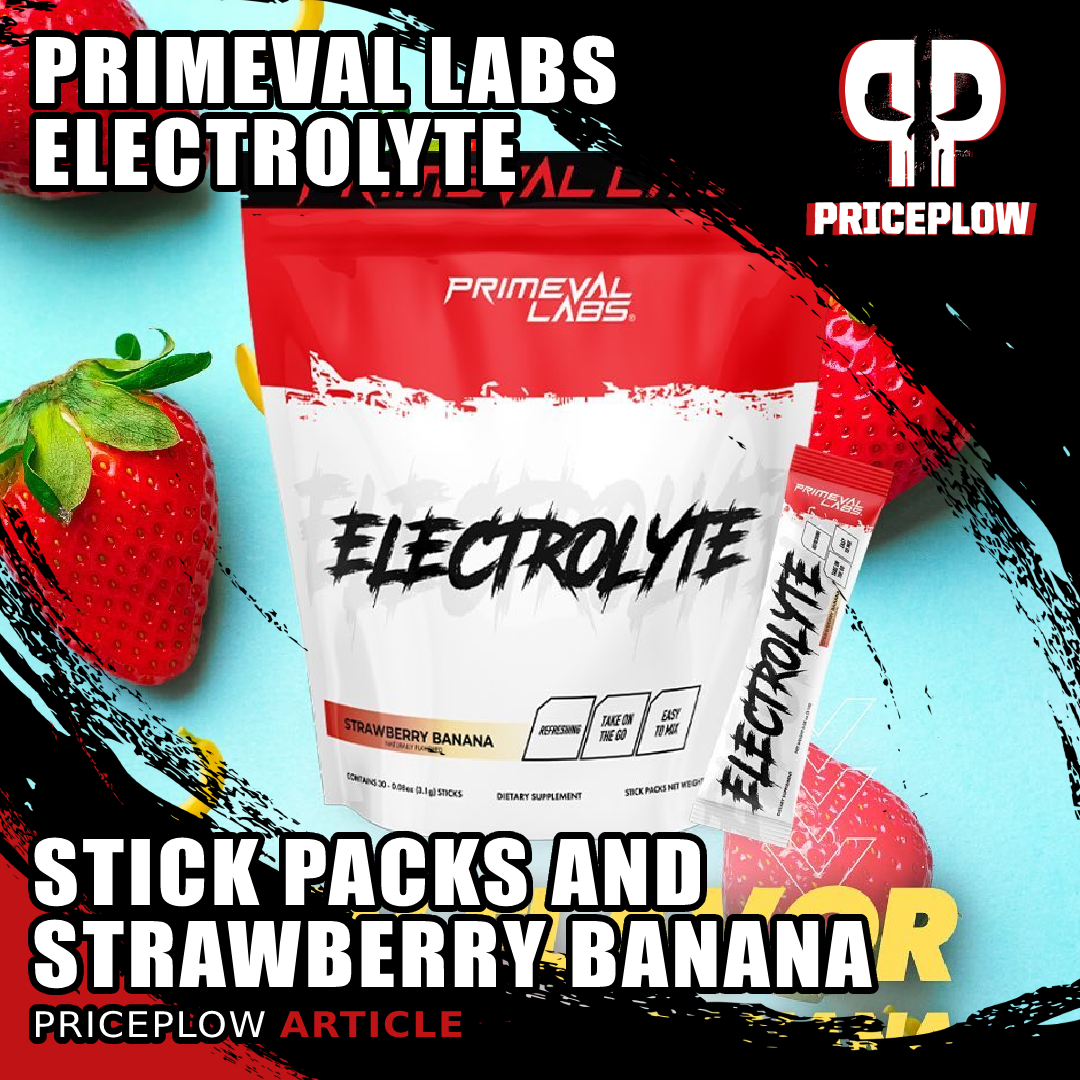
Primeval Labs Electrolyte is now available in Stick Packs and a perfectly-blended Strawberry Banana Flavor
It's always comical to look back at the controversy of creatine we dealt with in the late 1990s. Here we have this completely natural molecule that's found in nearly all muscle meat -- something we've been eating since the dawn of time. But put it into dietary supplement and watch the traitorous news media songbirds get wheeled in to stir up fear, uncertainty, and doubt.
Literally thousands of studies later, we arrive at the conclusion that most of us figured out quite early on - this phosphate-donating molecule is an extraordinary way to improve all-around health.
We're glad it's now so well-accepted, because now we can focus on more important things, like how to get it from our gym bags into our water bottles without making a white powdery mess. And that's where Primeval Labs prevails with Creatine Stick Packs, a perfect complement for their delicious Electrolyte Stick Packs.
Primeval Labs Creatine – Deals and Price Drop Alerts
Get Price Alerts
No spam, no scams.
Disclosure: PricePlow relies on pricing from stores with which we have a business relationship. We work hard to keep pricing current, but you may find a better offer.
Posts are sponsored in part by the retailers and/or brands listed on this page.
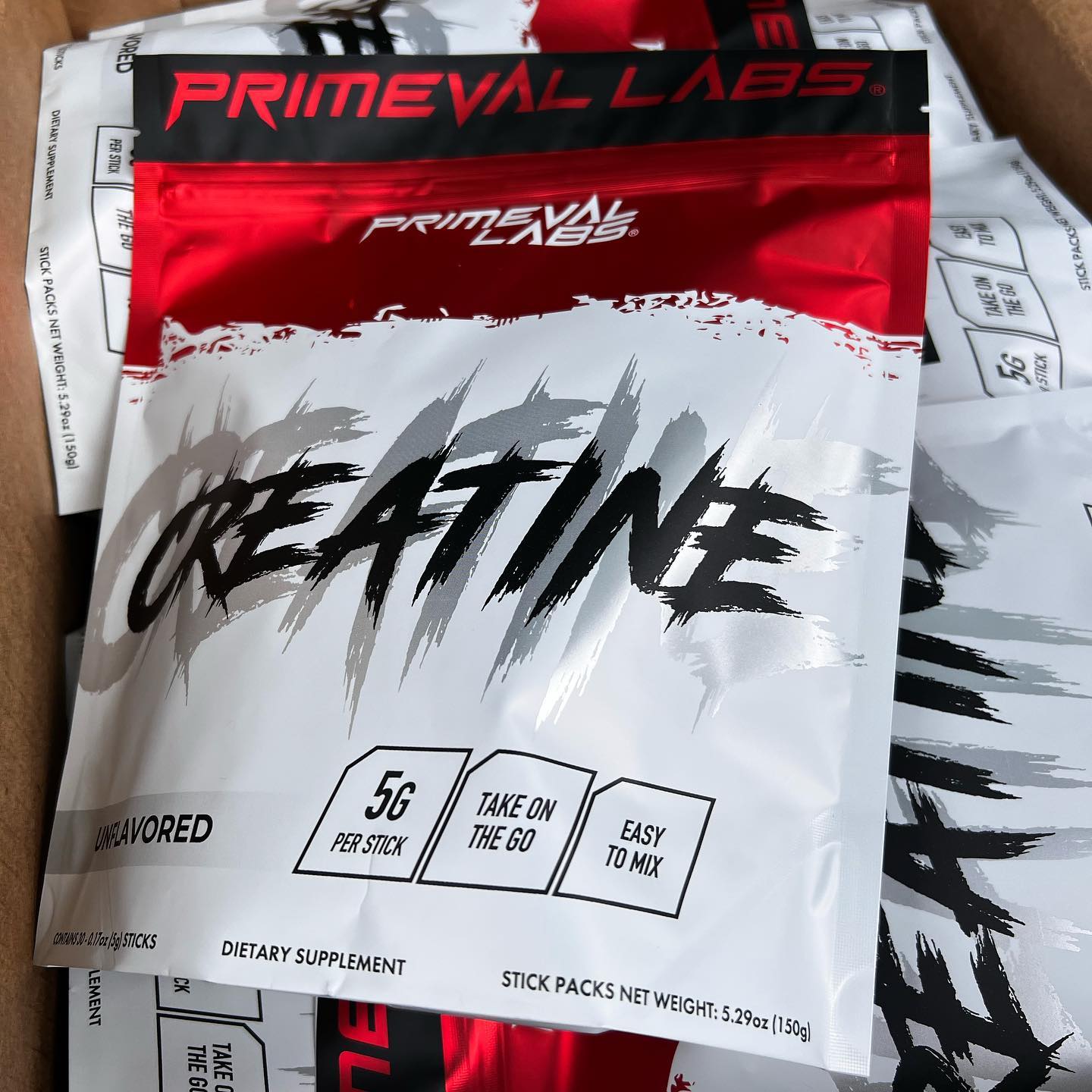
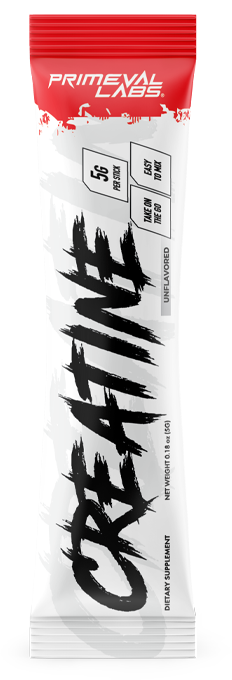
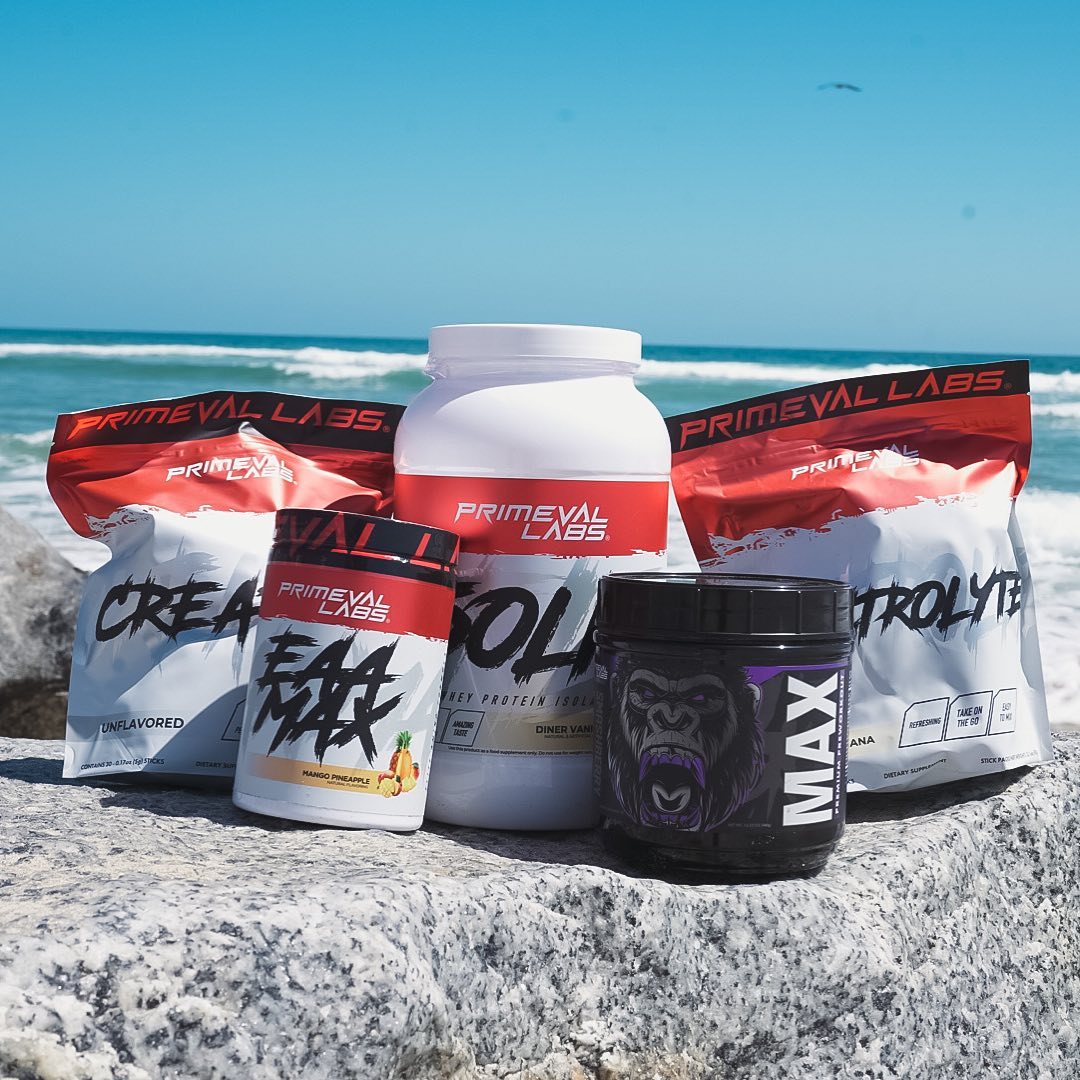


Comments and Discussion (Powered by the PricePlow Forum)